Scientists Find Missing Evidence That Helps Solve Ancient Mystery Surrounding Earth’s ‘Star Dunes’
A new investigation in the Sahara Desert has revealed evidence that was hiding in plain sight from scientists about the mystery of star dunes.
Scientists across the world have been puzzled about the formation of star dunes because although there are many around today, evidence of them has not been found much in the geological records of the past.
What are Star Dunes?
Star dunes are massive mounds of sand that are also sometimes called sand pyramids because of their appearance.
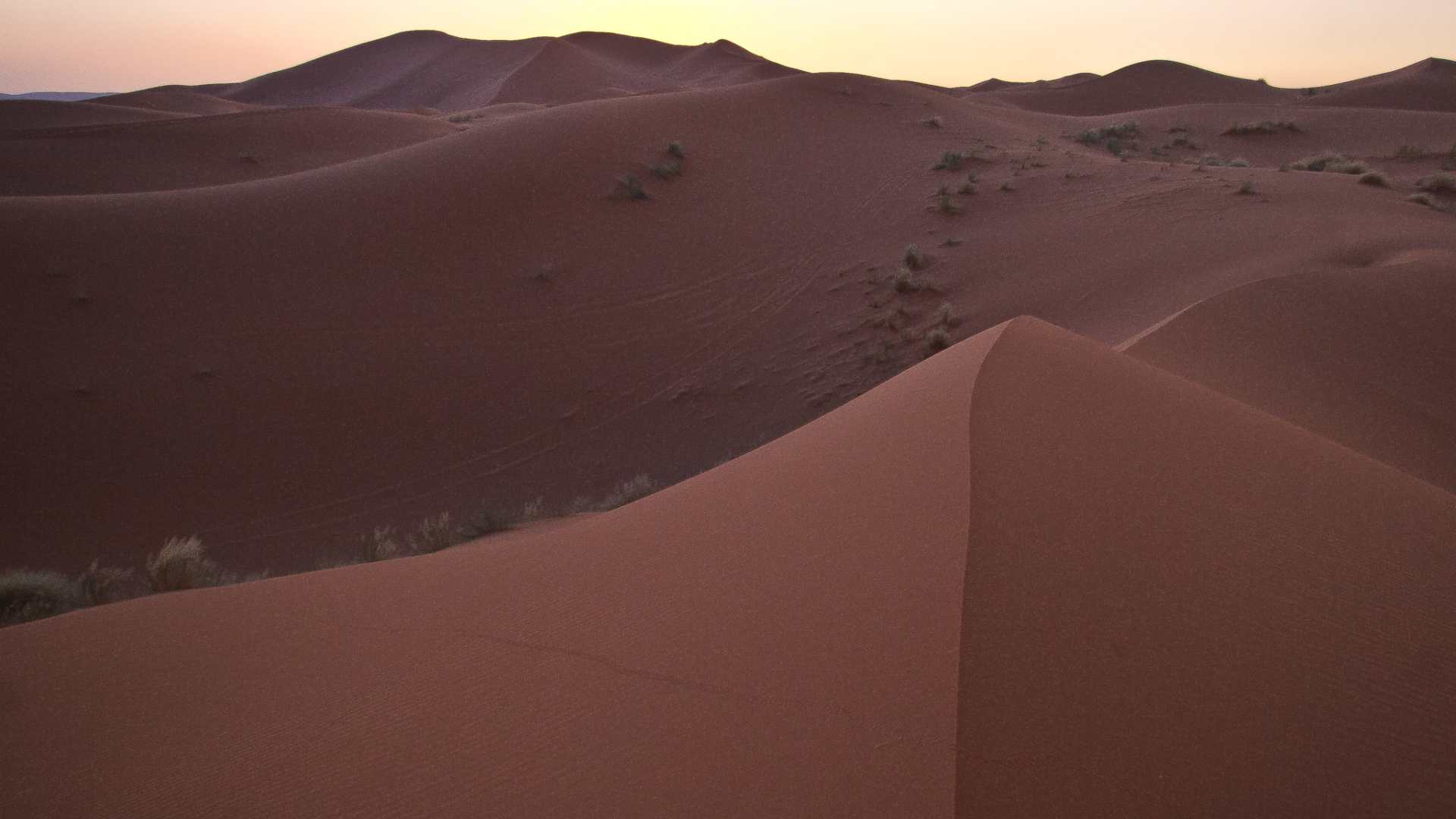
Source: Mike Prince/Wikimedia
They are a natural phenomenon that exists in deserts across the world in places like Africa, Arabia, China, and North America. Although there are several types of dunes that researchers have categorized, star dunes hold the title of the tallest dunes on Earth.
The Mystery of Star Dunes
For years scientists have grappled with the mystery of star dunes. Although they are commonly seen in modern deserts, the evidence of their existence in the past has been scant.

Source: Mick Haupt
Only a single ancient star dune has ever been found preserved in sandstone. This star dune was found in Scotland and is thought to date back nearly 250 million years.
What Did Scientists Discover?
Research conducted on the Lala Lallia star dune in Morocco used a series of ground-penetrating radar surveys to try to get a better look at the rock record and structure of star dunes.
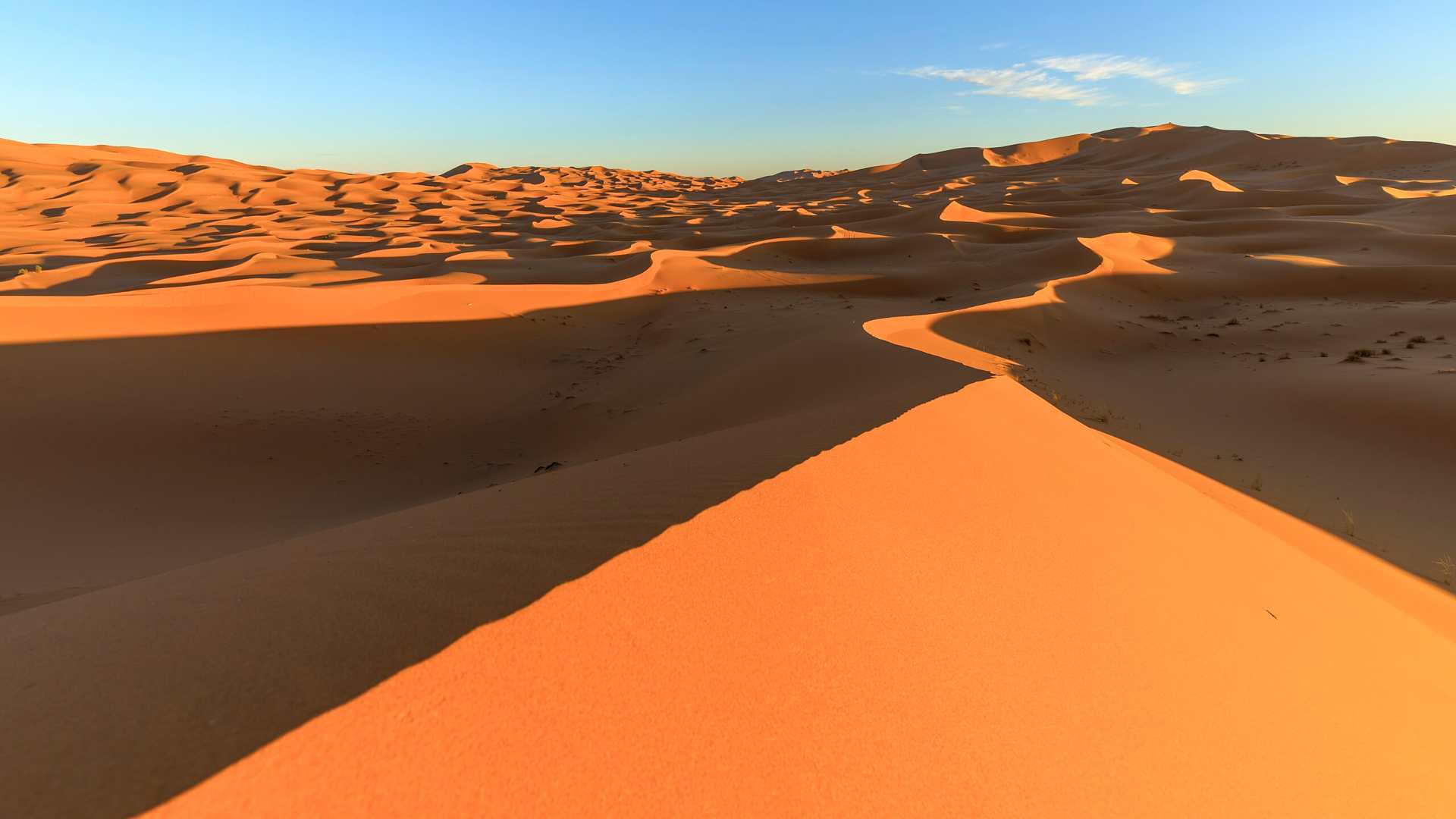
Source: Thomas Fuhrmann/Wikimedia
The project was successful and the researchers were able to present a new sedimentary model that explains why star dunes are rarely found preserved in the geological record.
Research Calculations
Using their radar scans, researchers were able to successfully map the star dunes’ internal structure, including the base which is estimated to be around 13,000 years old.
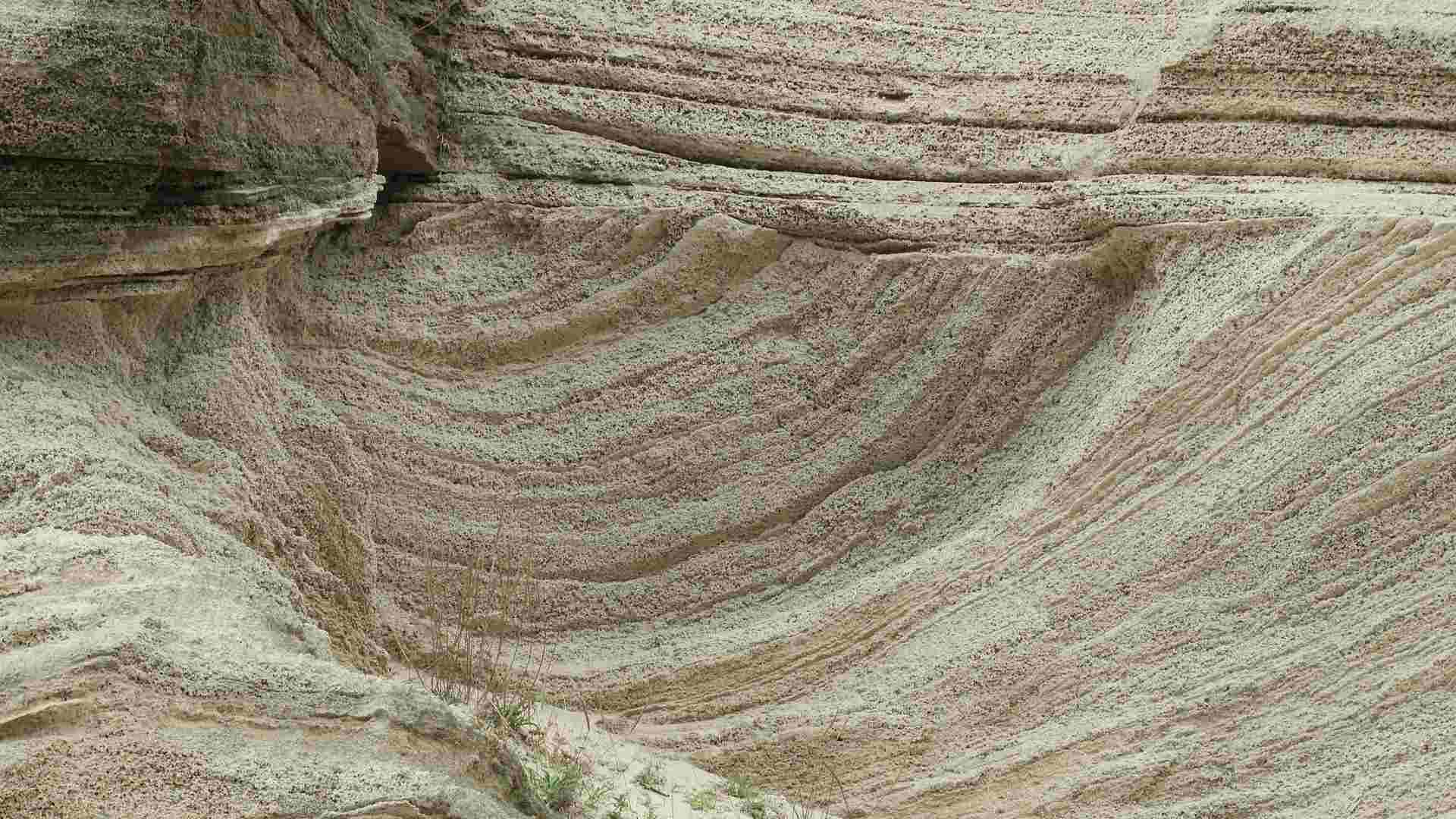
Source: Joe Dorward/Wikimedia
What researchers found is that star dunes accumulate material much faster than previously thought and move at about a rate of about 1.6 feet per year.
How Does This Research Solve the Mystery?
The fact that Star dunes accumulate material so quickly gave researchers a clue that perhaps the evidence of ancient star dunes in the geological record was around us all along.
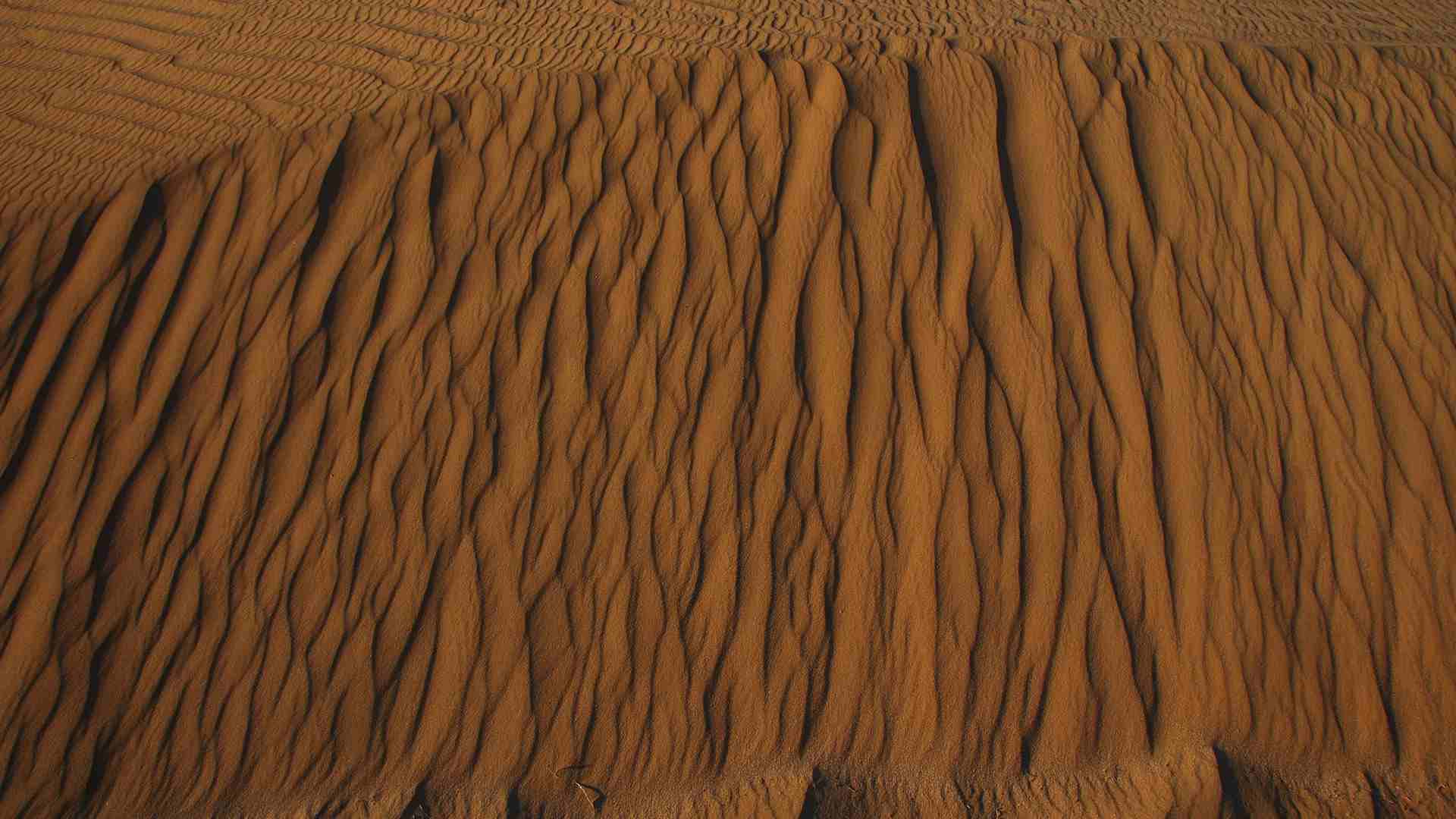
Source: Hezi Yizhaq/Wikimedia
The study authors theorize that the large star dunes eventually eroded into smaller structures that have been misidentified as other types of dunes. The reason why evidence of star dunes only exists today is that star dunes in the past broke apart.
Putting the Pieces Together
Geoff Duller, a study coauthor, talked to CNN about the discovery, emphasizing the significance of the research.

Hans-Peter Gauster/Unsplash
“When you look at each piece individually of a star dune in the geological record, it’s going to look like something else,” Duller said. “But when you get all of these pieces together — and you can see these large troughs of cross-bedded sands in the middle, you can see these arms stretching out in each direction — that’s when you can confidently say it’s a star dune.”
Duller’s Statement
Duller, who is a geologist at Aberystwyth University in Wales spoke in a statement about the research study. In the statement, Duller celebrates the conquering of the star dune mystery.

Source: GerritR/Wikimedia
“This research is really the case of the missing sand dune–it had been a mystery why we could not see them in the geological record. It’s only because of new technology that we can now start to uncover their secrets,” Duller said.
Surprising Results
Duller was thrilled at the chance to surprise his colleagues and others with the findings of the research.
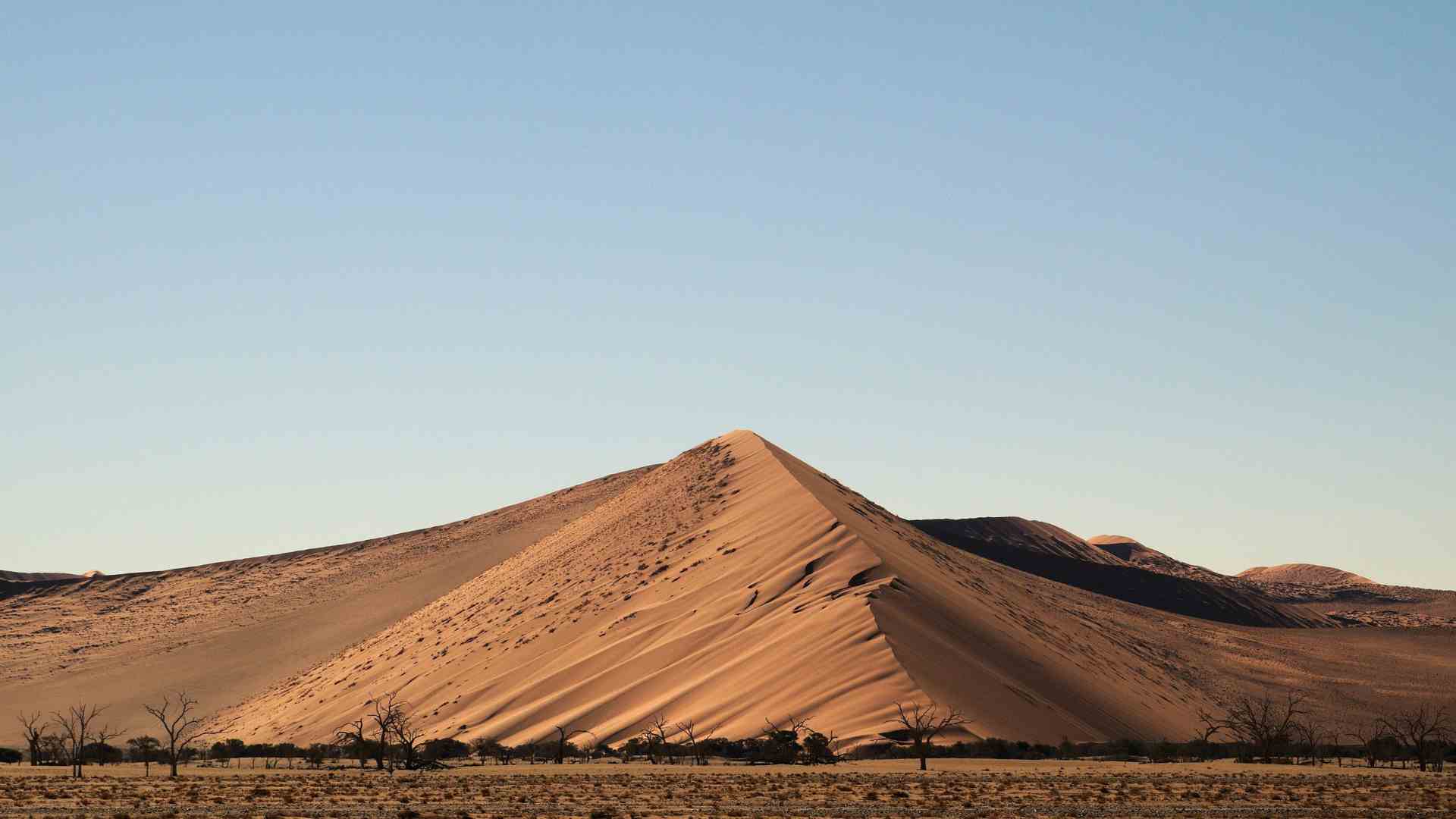
Source: Daniel Kraft/Wikimedia
“These findings will probably surprise a lot of people as we can see how quickly this enormous dune formed, and that it is moving across the desert at about 50 cm a year. These fantastic star dunes are one of the natural wonders of the world.”
Comments from Charlie Bristow
Charlie Bristow, a professor at Birkbeck and UCL commented on the ground radar technology.

Source: Philafrenzy/Wikimedia
“Using ground penetrating radar to look inside this star dune has allowed us to show how these immense dunes form, and to develop a new model so geologists know better what to look for in the rock record to identify these amazing desert features.”
Google Earth Was a Major Help
Andrew Goudie, a professor emeritus of geography at the Unversity of Oxford, talked about the technological advances with Google Earth that could help with new research.

Source: Earth Science and Remote Sensing Unit/Wikimedia
“The fact that star dunes have not been identified very much in the stratigraphic record may partly be because many geologists were not very much aware of star dunes and only knew about longitudinal dunes and barchans (crescent-shaped dunes),” Goudie said. “Now, with the help of Google Earth, we know just how widespread these features are.”
Future of the Field
With this new research being recently published, there is now an opportunity for other researchers across the world to recontextualize star dunes and their previous assumptions.
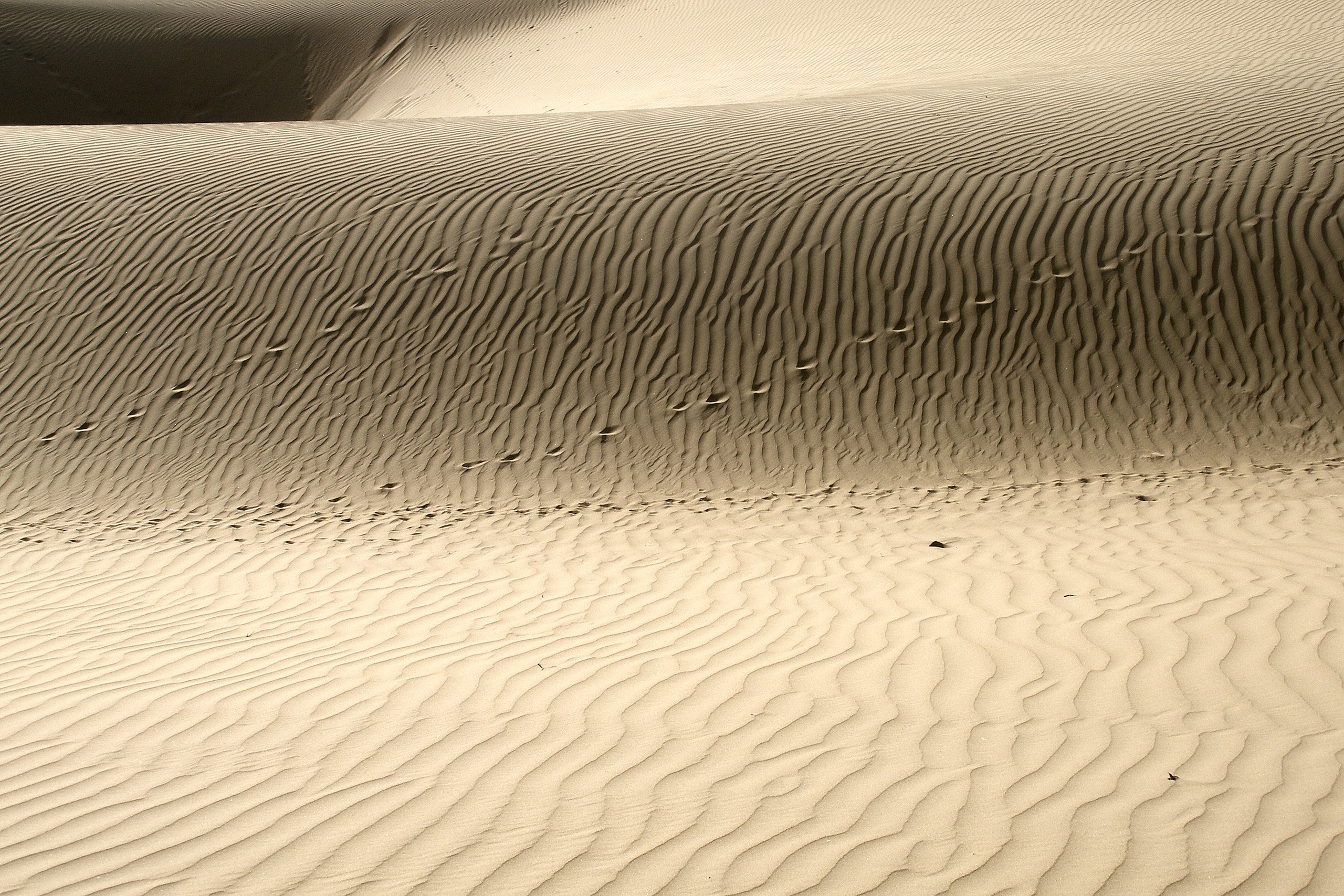
source: Vyacheslav Argenberg/Wikimedia
Other geologists and earth scientists will likely go out to try to replicate these results and narrow down the possibilities. Hopefully, humans will find out the complete truth of these magnificent sand structures in Earth’s history.
